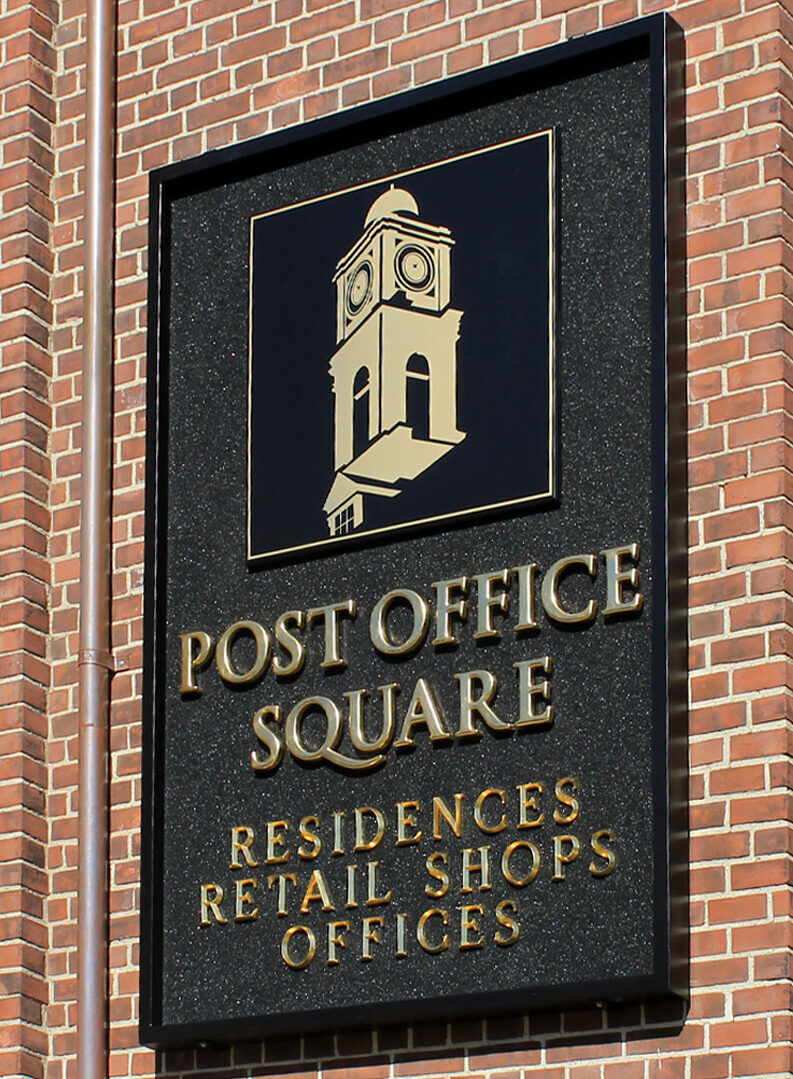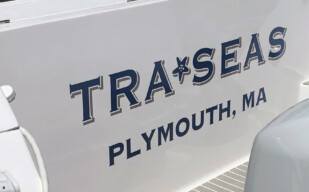Contact us below or call 508-746-9200.
Sign History 101: Smalt Signs

The year is 1540, Francisco Vázquez de Coronado’s expedition sets off from Mexico in search of the 7 cities of Cibola, and the first recorded race meet in England took place at Roodee Fields in Chester.
And around that time, several people have suggested that Christian Schiirrer, discovered the use of smalt. However, there is evidence that is was being used in Egypt since the 27th Century BC, and later in Persia.
But what exactly is smalt you might be thinking? Smalt can be referred to as either crushed glass or sand. In the sign industry, we tend to lean towards the glass.
Smalt signs were common practice in the mid 1870’s. The local sign maker would construct a wooden base before laying a sheet on tin (as plywood wasn’t yet invented), on top to give the structure a smooth appearance. They would then coat the tin in a resin before applying crushed glass. Once it was dry, they would turn and shake the sign to remove any glass that didn’t adhere.
The crushed glass was an elegant touch on the sign and in many cases was considerably cheaper than its counterpart of a gilded hand carved sign. The most popular color was black (just as it is today), however, you could also get it in a variety of different colors.
You'll notice several business signs in Plymouth, MA are examples of smaltz signs. The old post office building has two exterior wall signs using the smalt as a background. The verbiage is made using gilded channel letters, and the logo is a burnished gold leaf vinyl.
Smalt isn’t as commonly practiced in this day and age. A lot of signs are made with a vinyl print on a substrate. Those substrates can be aluminum composite, sign foam, or even plywood. You still see a lot of the traditional carved wooden signs here in the New England area.
But if you are ever looking for something that is a little different, try smalt. And when it catches the sun, you will see it sparkle.


